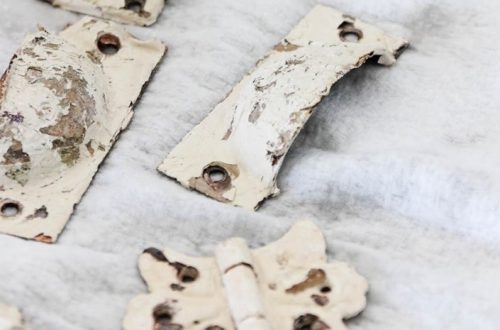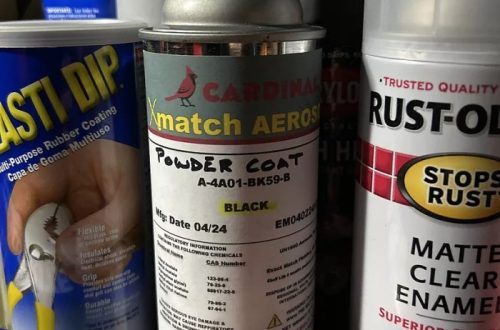Part 1: Understanding Watercolor Painting
Learning watercolor painting can be both enjoyable and rewarding, especially for beginners. Understanding the basic principles and techniques is crucial to mastering the art form. With the right approach, artists can create beautiful and captivating watercolor masterpieces.
1. Transparency and Layering:
Watercolor’s transparency and layering capabilities allow for depth and complexity. Understanding paint transparency and layering is essential. It helps achieve stunning visual effects in artwork. Mastering these techniques empowers artists to create captivating and intricate compositions. The control of transparency and layering influences the overall impact of a watercolor painting. Artists can use these techniques to convey depth, texture, and luminosity in their artwork. Experimenting with different levels of transparency and layering enables artists to achieve a range of visual effects. Mastery of these watercolor techniques is fundamental for creating compelling and evocative paintings. By honing these skills, artists can elevate their watercolor artwork to new levels of artistic expression. The interplay of transparency and layered colors is a hallmark of watercolor painting, offering endless creative possibilities for artists.
2. Wet-on-Wet and Wet-on-Dry Techniques:
Watercolor artists use wet-on-wet and wet-on-dry techniques. Wet-on-wet creates soft, blended transitions. Wet-on-dry results in defined edges and details. The wet-on-wet technique yields a dreamy and ethereal quality. It is ideal for creating atmospheric backgrounds. In contrast, wet-on-dry allows for precise and controlled brushwork. Artists can achieve sharp details and fine lines. These techniques offer diverse options for creating textures and visual effects. By mastering both techniques, artists can enhance the depth and dimension of their watercolor paintings. Understanding the nuances of wet-on-wet and wet-on-dry techniques is crucial for achieving desired artistic outcomes. The contrast between soft blending and defined edges adds visual interest to watercolor artwork. Experimenting with these techniques allows artists to explore the expressive potential of watercolor painting.

Part 2: Essential Watercolor Painting Supplies
Having the right tools and materials is fundamental to mastering watercolor painting. Investing in quality supplies ensures that artists can fully explore their creative potential and achieve the desired results in their artwork.
1. Quality Watercolor Paints:
High-quality watercolor paints are essential for vibrant, long-lasting colors. Artists should invest in professional-grade watercolor paints. These paints offer a wide range of hues and excellent lightfastness. Understanding color theory and mixing primary colors is crucial. It helps create diverse color palettes. Primary colors can be mixed to produce secondary and tertiary shades. This knowledge is fundamental for artists. A diverse color palette allows for creativity and versatility. By mastering color mixing, artists can achieve a broad spectrum of colors. Quality watercolor paints provide richness and depth to artwork. They also ensure the longevity of colors. Investing in professional-grade paints is an investment in artistic potential. Understanding paint quality and color theory is pivotal for creating impactful watercolor paintings. A strong foundation in color mixing enhances an artist’s ability to express their creativity effectively.
2. Watercolor Paper and Brushes:
The right watercolor paper and brushes are crucial. Artists should choose acid-free, heavyweight watercolor paper. It should withstand water and paint application. Investing in high-quality watercolor brushes is essential. Round, flat, and detail brushes offer versatility and precision. These brushes enable a wide range of painting techniques. Quality brushes facilitate detailed work and broad strokes. A variety of brush types enhances an artist’s creative expression. Investing in good brushes ensures durability and performance. High-quality materials contribute to the overall quality of artwork. The choice of paper and brushes impacts an artist’s creative process. Artists should consider the impact of materials on the painting’s outcome. Quality paper and brushes are essential for achieving professional results in watercolor painting. They are necessary for artists to achieve their artistic vision effectively.
Part 3: Techniques for Creating Stunning Watercolor Art
Mastering specific techniques can elevate a watercolor painting from ordinary to extraordinary. Understanding and practicing these techniques enables artists to express their creativity and produce visually captivating artwork.
1. Color Washes and Gradients:
Achieving smooth color washes is fundamental. Diluted paint applied in broad strokes transitions colors. This technique is essential for large areas. Mastering it is crucial for creating beautiful backgrounds and skies. Watercolor artists use color washes to create atmospheric effects. This technique allows for seamless transitions between colors. The skill of achieving even color gradients is key. It enables artists to convey depth and dimension. Creating smooth color transitions adds visual interest. It enhances the overall impact of the artwork. Watercolor washes and gradients provide a sense of movement and depth. These techniques are foundational for creating captivating watercolor paintings. Mastery of this technique is crucial for achieving professional results. Proper execution of color washes and gradients is essential for achieving the desired artistic effects in watercolor painting.

2. Negative Painting and Lifting:
Negative painting involves creating shapes and forms by defining the space around them, resulting in visually interesting and intricate compositions. Additionally, lifting paint off the paper using a clean, damp brush or paper towel allows artists to create highlights, textures, and soft edges, adding depth and detail to their artwork.
Part 4: Tips for Watercolor Painting Success
Mastering watercolor painting requires practice, patience, and a willingness to experiment and learn. Following certain tips and guidelines can help artists navigate their watercolor painting journey with confidence and success.
1. Practice and Observation:
Regular practice and observation are key. Artists should sketch and paint from life. They should study accomplished artists’ work for inspiration. Practice and observation help refine skills. Sketching from life builds observation and technical skills. Studying accomplished artists provides insight and inspiration. Immersing in nature’s beauty enhances an artist’s perception. It also encourages creativity and visual interpretation. Regular practice helps artists improve and develop their style. Observing the natural world cultivates an understanding of form and color. It teaches artists to capture the essence of their subject. Immersing in nature’s beauty enhances an artist’s perception. It guides them to convey the essence of their subjects. Dedication to practice and observation contributes to an artist’s growth and development. Regularly honing skills and seeking inspiration can lead to artistic breakthroughs. The combination of practice and observation is essential for an artist’s creative and technical development.

2. Embracing Mistakes and Experimentation:
Embracing mistakes and viewing them as learning opportunities is crucial for growth as a watercolor artist. Experimenting with different techniques, color combinations, and unconventional approaches allows artists to expand their creative horizons and develop their unique style.
In conclusion, mastering watercolor painting involves understanding the fundamental principles, investing in quality supplies, mastering essential techniques, and adopting a curious and resilient mindset. By combining these elements, artists can embark on a fulfilling and enriching journey in watercolor painting, creating stunning and evocative artwork.




